How Do You Insulate Metal Ductwork?
To prevent mould, fresh air should always be introduced into your dwelling daily, as it helps to regulate temperature and reduce condensation. Introducing fresh air can be as simple as having a ventilation routine, or installing extractors or PIV systems.
In this blog, we will be answering the question ‘How do you insulate metal ductwork?’
On some occasions, ducting should be insulated, doing this can save the efficiency and overall health of your ducting. In this blog, we will be explaining the effects of uninsulated ducting, along with explaining the basics of ducting, and the benefits of metal ducting.
I-Sells is here to provide the answers you need whilst also supplying you with all the information you need to combat mould and have a well-ventilated home. Firstly, let us explain metal ducting to you.
Metal ducting explained
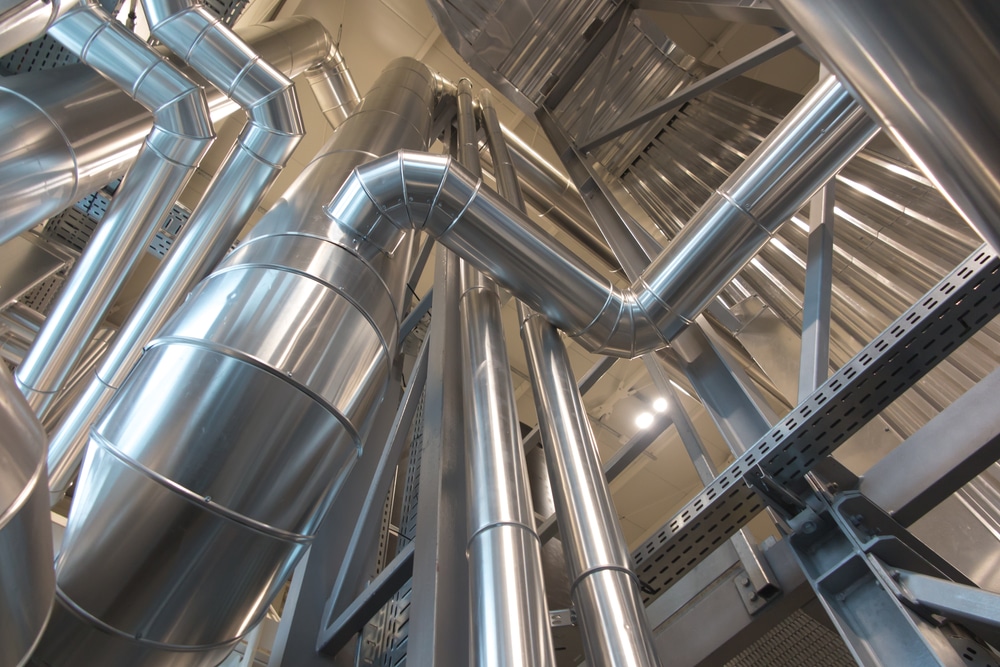
Metal ducting is ideal for ventilation systems set up in hotter environments, an example being a cooker hood. Metal ducting is also a popular choice for spaces and environments with air rich in certain compounds that could be hazardous or damaging to standard choices.
HVAC experts and engineers typically choose to rely on stainless steel for aggressive environments, where corrosion is highly likely.
We provide round ductwork fittings and accessories in a large range of diameters to suit all purposes including HVAC systems and extractor fans. Our metal ductwork is manufactured from high-quality galvanised Aluminium.
The benefits of metal ducting are as follows:
- It can be used in rooms that have appliances that emit a lot of heat
- High-quality galvanised aluminium ensures long-lasting function
- Ideal for industrial environments
- Can be insulated.
Where can I buy metal ducting?
Alongside being a provider of mould solutions such as extractor fans and PIV systems, I-Sells also provide ducting for those looking to buy and install their ducting themselves.
We provide round ductwork fittings and accessories in a large range of diameters to suit all purposes including HVAC systems and extractor fans. Our metal ductwork is manufactured from high-quality galvanised Aluminium.
If you have any questions about our ducting or if it would be appropriate for your project, please don’t hesitate to get in touch with us so we can direct you in the best possible way for all of your ducting needs.
Are Metal ducts better?
Metal ducting is better than plastic in certain situations. Some pros and cons can make metal ducts better.
Metal ducts are generally suited to industrial environments in which hot air, or air may contain chemicals that need to be ventilated. Metal ducting handles these situations with little to no problem. Metal ducting can also be used in homes in areas where heat would be emitted such as a cooker hood.
Should metal ductwork be insulated?
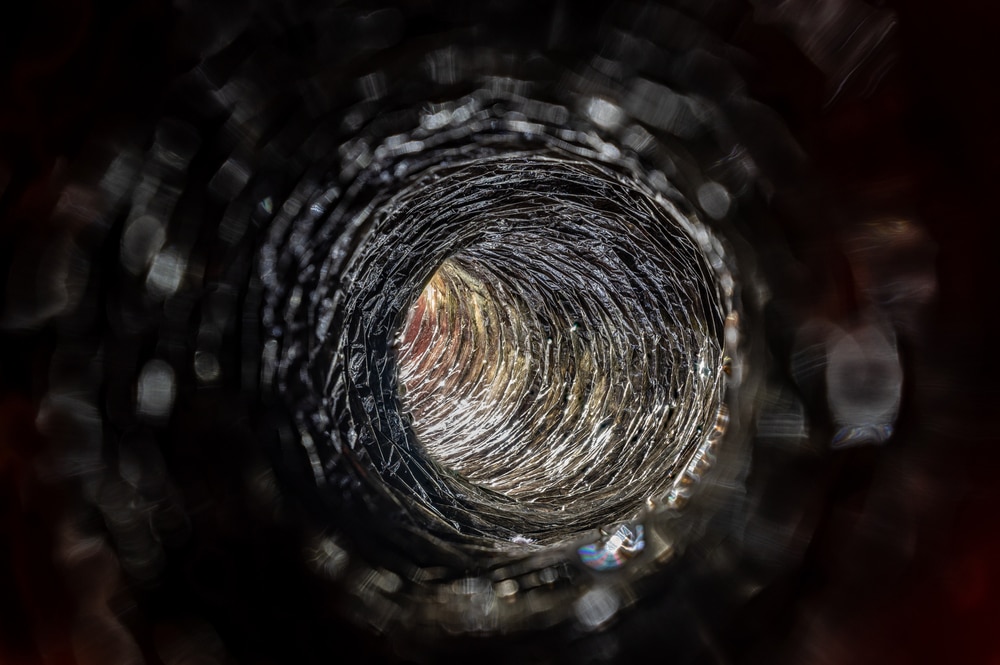
Yes, in most cases metal ductwork should be insulated.
The naturally hot and dry climate within a duct naturally makes it difficult for mould to thrive if a duct becomes unsealed. If there is a dramatic change in the duct’s environment that causes humidity, mould can grow within it.
To prevent this possibility, you must make sure your ducting is sealed securely and free from any cracks or holes that compromise its efficiency. You must also make sure the area the ducts are installed is free from free-flowing water or leaks.
One of the most effective options to help your ducting maintain a mould-free environment is by applying duct wrap insulation. As the UK’s leading provider of ducting, it is only natural that we also offer duct wrap insulation.
Our Duct wrap insulation helps to control condensation build-up and heat loss. In cooler areas of the property such as roof cavities and lofts up to 30% of the heat can be lost, resulting in increased heating bills.
Our fire-rated duct wrap is manufactured from 25mm or 50mm thick Rockwool/ fibreglass and is 1.2m in Width x 13.5m per roll. It can be used on internal and exterior applications when used with an appropriate weatherproofing jacket.
You must make sure your ducting is sealed securely and free from any cracks or holes that compromise its efficiency. You must also make sure the area the ducts are installed is free from free-flowing water or leaks.
What happens to a duct if it grows mould?
If ducting has mould growing within it, it presents a dangerous health hazard as the spores can spread amongst the whole ventilation system and the dwelling it operates in. As a result, you may have to completely replace the venting system/ ductwork depending on the severity.
How do you insulate metal ductwork?
Using the duct wrap insulation we supply, along with some aluminium duct tape, the process of insulating metal ductwork is very straightforward. It is as simple as wrapping your chosen area with the insulation, and then securing it with the aluminium duct tape.
Does all ducting have to be insulated?
Ducting should be insulated at its joints to avoid any leakage as standard. Ducting throughout the house does not have to be insulated unless it is in an unconditioned room, such as a basement.
Having insulated ducting in unconditioned areas avoids condensation. Aside from the insulation we offer, there is some ducting that comes pre-insulated.
Creating the best environment for metal ductwork
If you have metal ductwork in your home, avoiding a buildup of humidity in the areas where metal ducting is located will help preserve the effectiveness of your ductwork, and ultimately prevent mould.
Here are some steps you can take in order to aid your ducting.
- Insulate it with duct wrap
- Remove any mould located near the ducting.
- Address any leaks near the area before installing the ducting
- Be sure to open a window regularly if the room is likely to heat up quickly
Track your humidity levels
Consider buying a Hygrometer. This device measures the levels of humidity in the air, which can indicate to you which rooms are creating the perfect environment for mould. This is a valuable maintenance and detection device that we offer.
This would ideally be placed in the room with the metal ducting & checked regularly to ensure there is no buildup of humidity that could affect the ducting.
Deal with it
If you find mould on any surfaces near the ducting, clean it immediately with our anti-mould surface cleaner.
If mould reappears at a certain spot in your home, check to see if there is any leak or damage to the area that can be letting moisture in. If so, contact your landlord or trusted tradesman to fix the issue.
Browse our mould control options for the best possible solutions to dealing with mould.
Please note that these steps will not completely defend against mould in your ducting if there are altready leakage issues in your home, but it will certainly help to mitigate the growth of mould if done on a regular basis.
Purchase your ducting insulation today
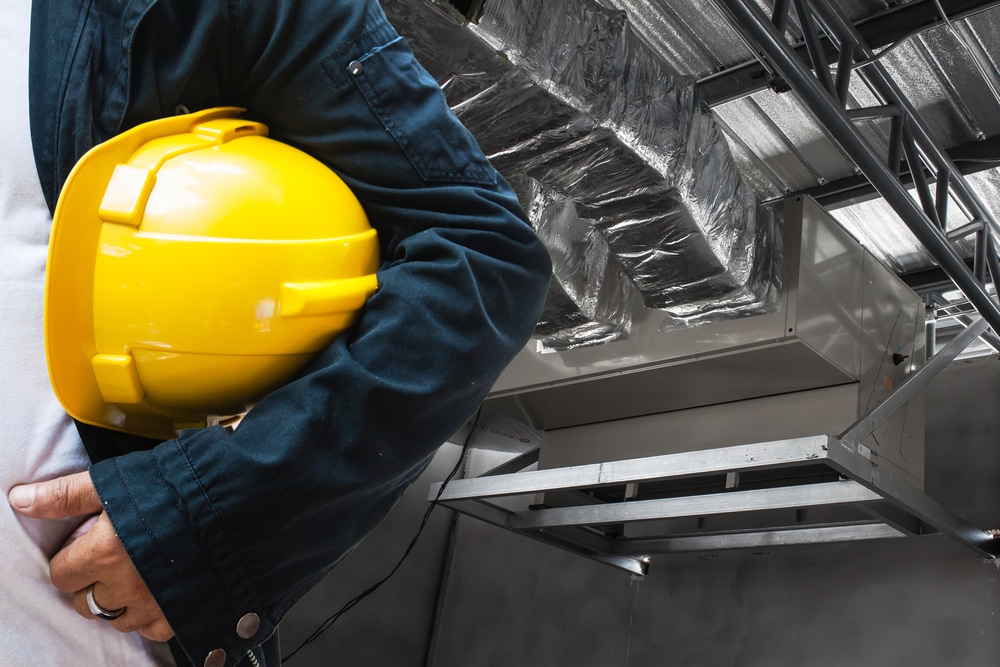
We at I-Sells endeavour to make sure our customers have all the information they need before choosing to invest in our mould solutions. Be sure to visit our blog page to gain knowledge on the wide array of factors and issues surrounding ventilation, mould, condensation, and much more.
We hope to have answered the question ‘How do you insulate metal ductwork?’
We understand you may have more questions, Please do not hesitate to contact us for more information with regard to whatever you may need our help with. If you’d like to send us an email, click here. For other contact options, see below:
Call us on 020 8463 9696
Visit us at our showroom:
*OPENING TIMES*
Monday – Friday: 8:00 am to 5:30 pm
Saturday: 9:00 am to 12:00 pm
Sunday: Closed
15 St John’s Parade
Sidcup, Kent
DA14 6ES
United Kingdom

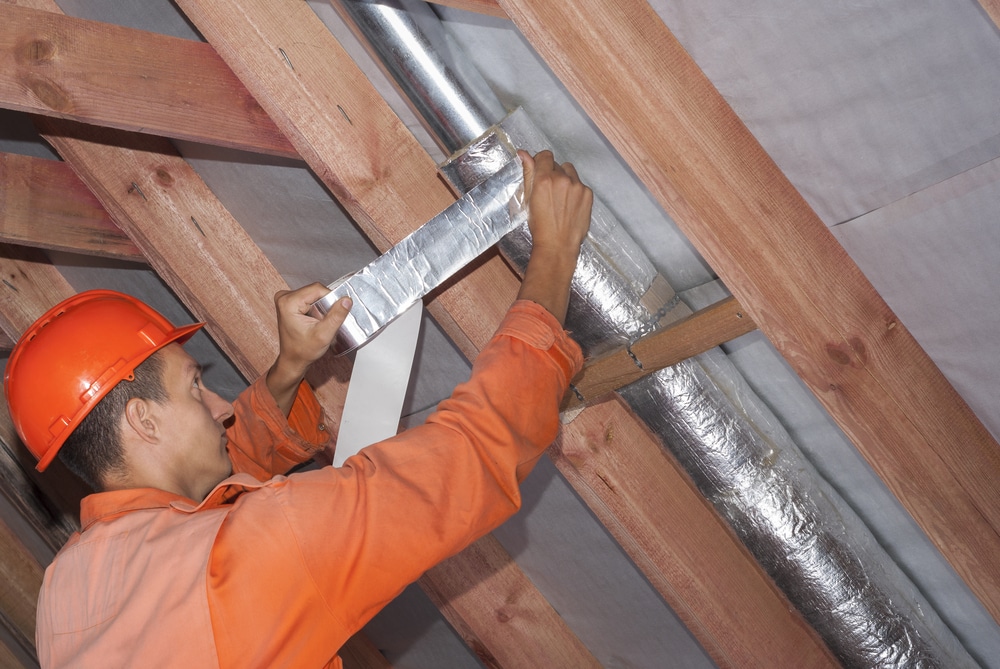
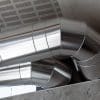

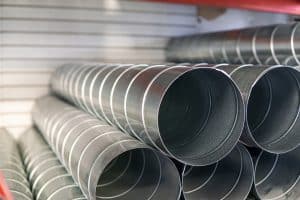
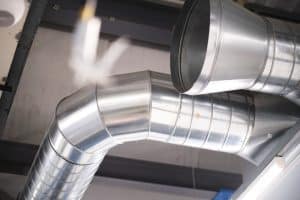

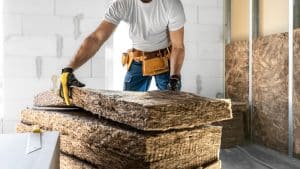
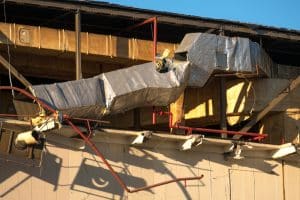


















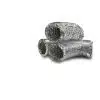

Add comment
You must be logged in to post a comment.